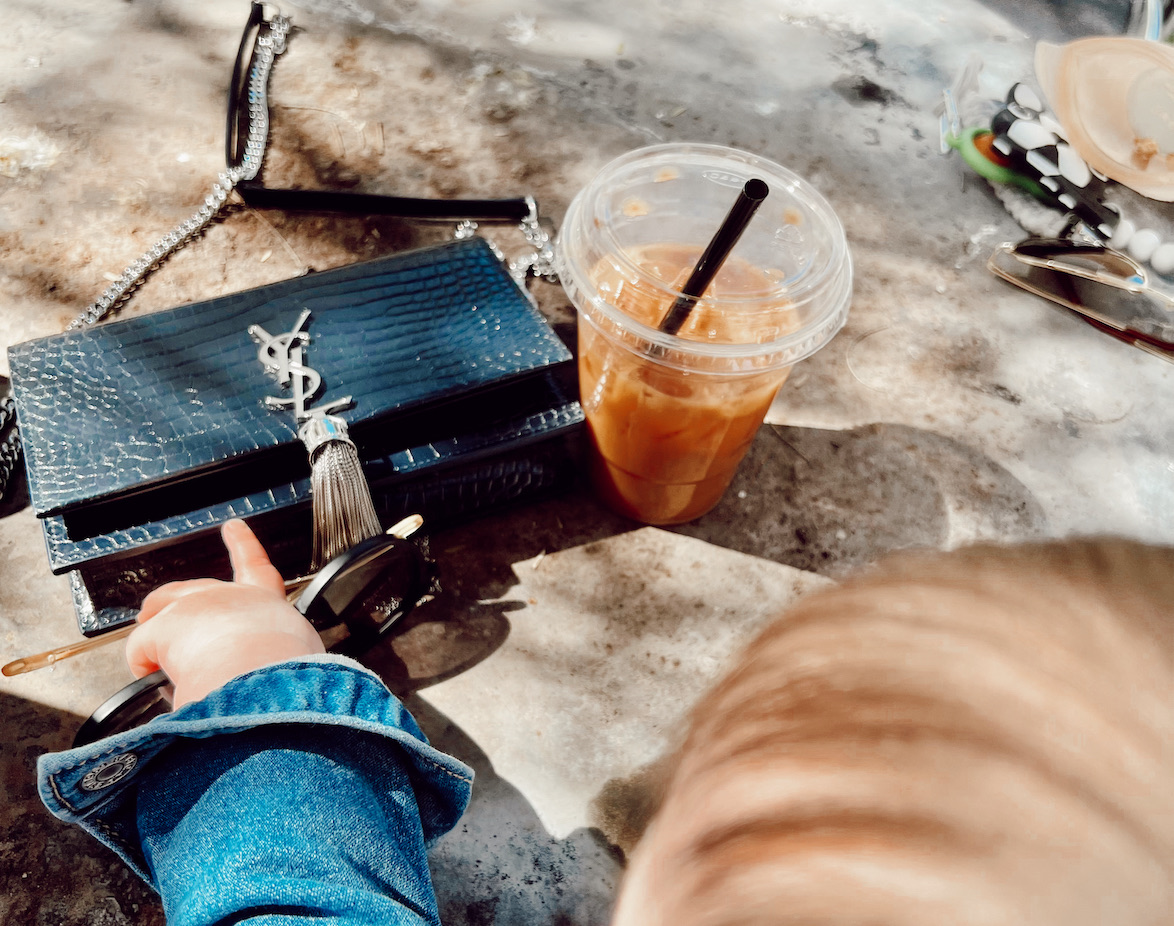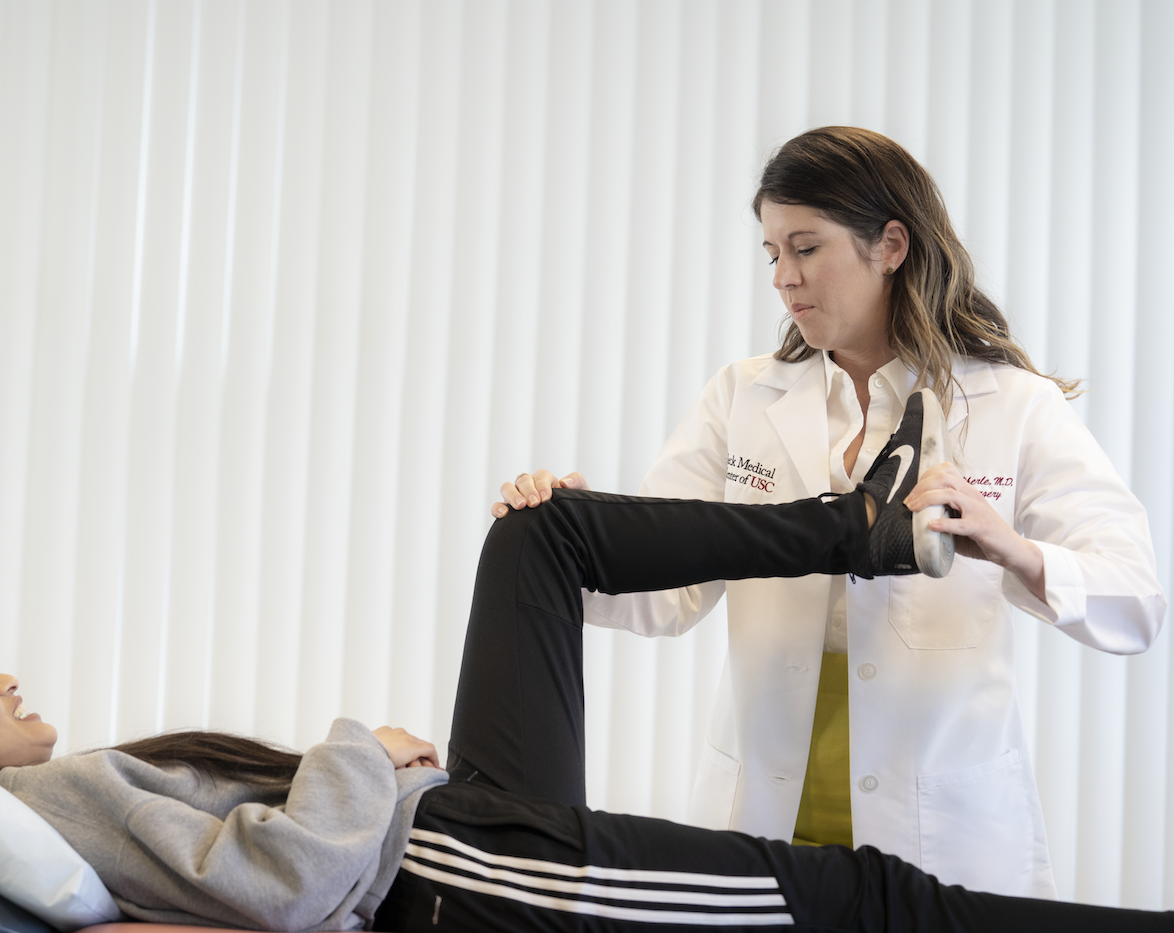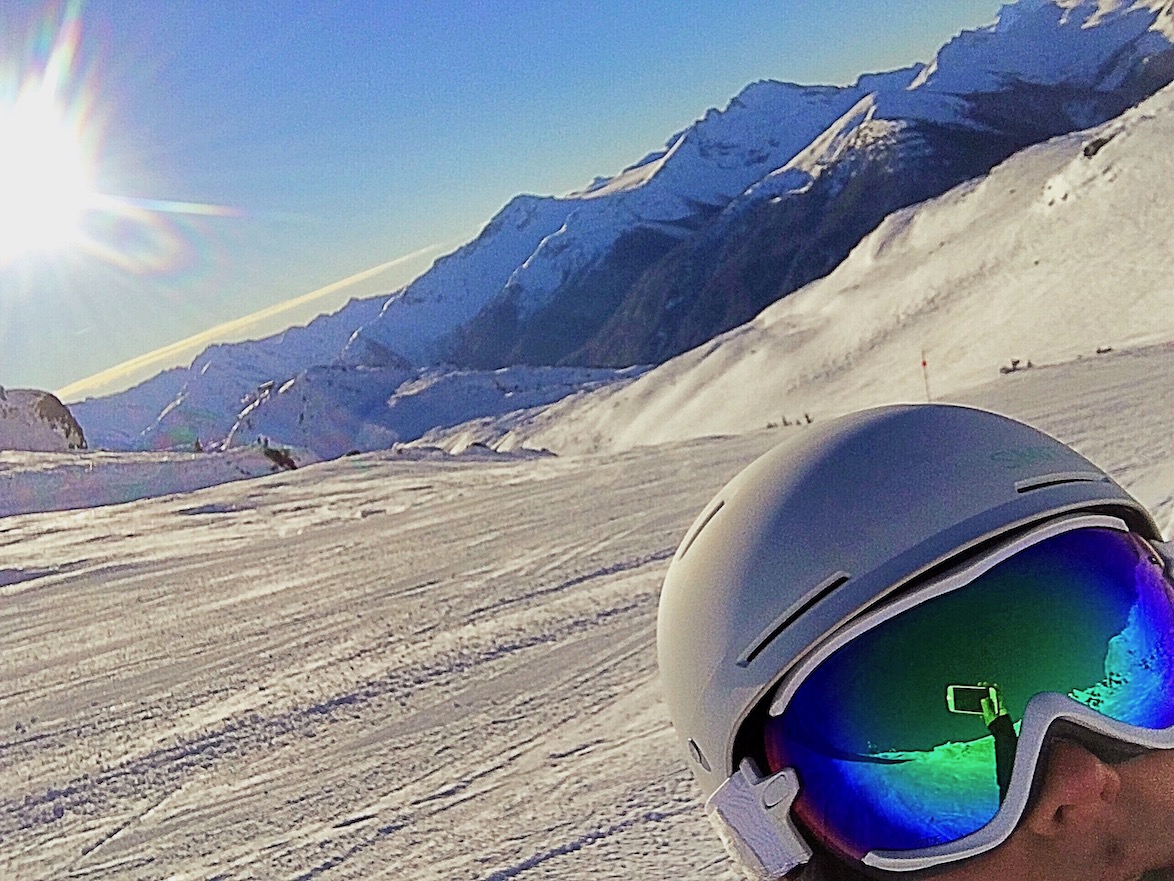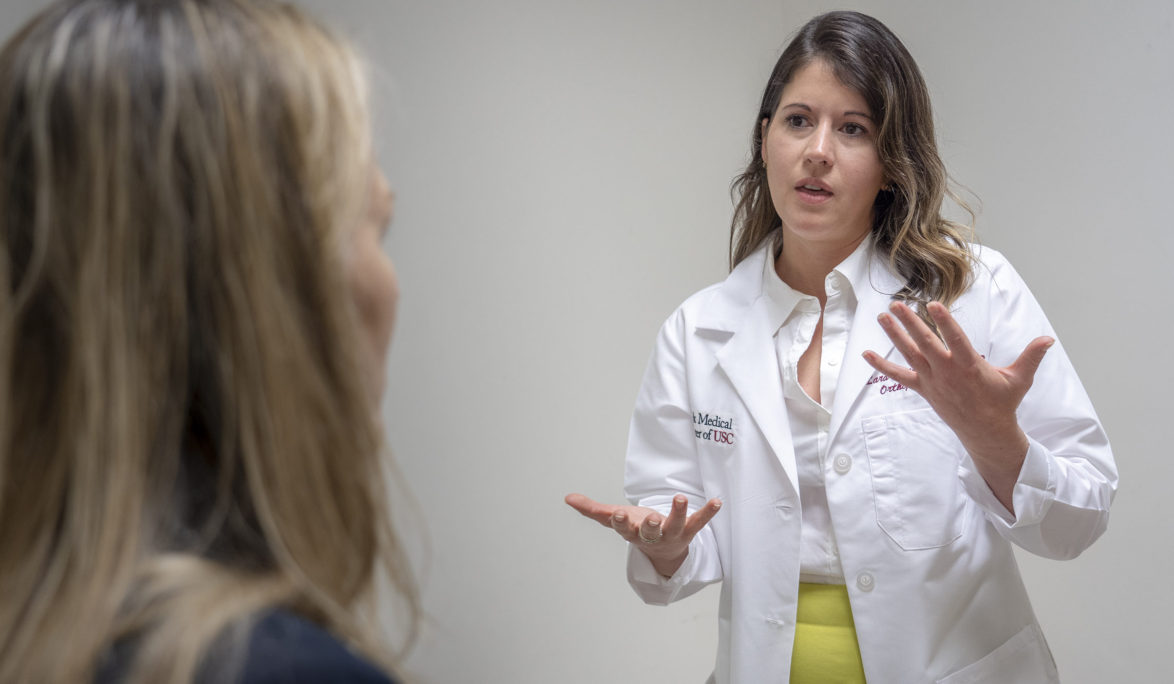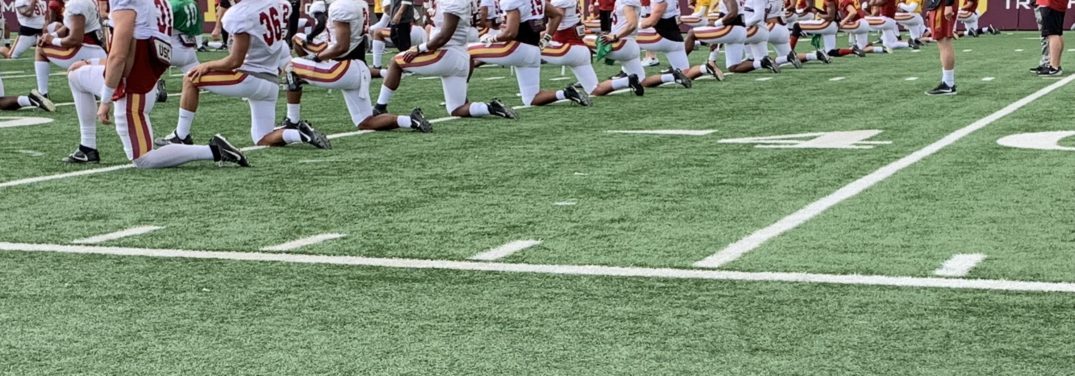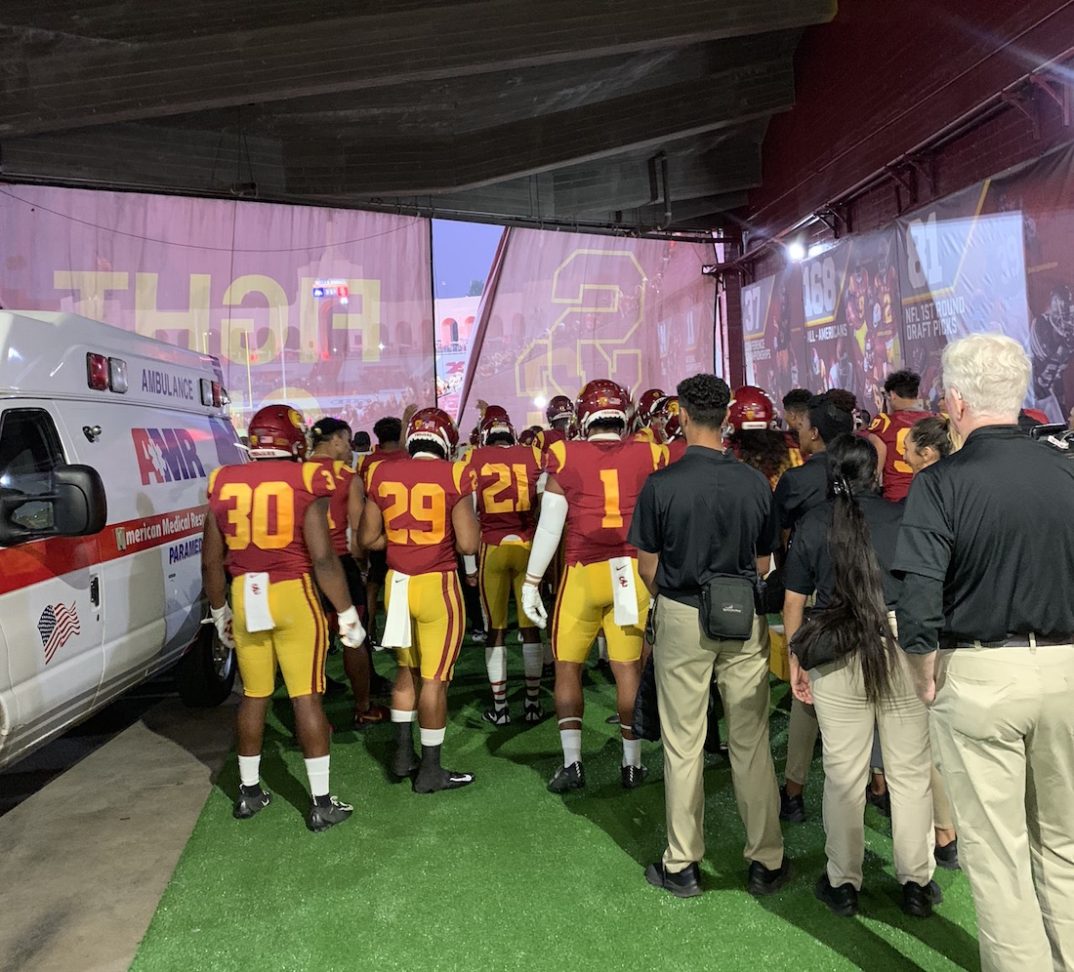Well, hello! It has been entirely too long since I have jumped on here. My website was my first creative outlet for sportsdrmorgan and I miss it! There is something said for letting my mind wander and sharing in a larger way than good ‘ole instagram. Alas, you have asked some questions recently and I thought tackling them on this forum would be a great way to ease back in to writing on the regular.
Let’s have a little coffee date, shall we?
How’s motherhood? (The most frequently asked…)
In a nutshell, it is all of the things people say. It’s a blend of all encompassing love and this intrinsic force deep inside that you didn’t know you had. It’s exhausting and beautiful. The days are truly long and go by too fast. We live far from family and haven’t had any outside help which has made this mama a little strung out at times. But I am eternally grateful I get to be with her everyday and to watch her learning and grow. We are really learning and growing together really. And the responsibility of nurturing another human is not lost on me, especially in the world today. She is such a tiny wonder. I can’t wait to see who she becomes.
Did you finish your closet clean out?
Ugh. Yes, and no. I tried on everything single piece of clothing I own and tossed out a ton of stuff- 4 giant bags full. You will see it in an upcoming Reel I have yet to edit (did I mention motherhood is also very time consuming)? Still, every time I walk into my closet I feel at a loss. I tossed another pile out just yesterday. The shift from clinical medicine during a pandemic with the added new mother component and geez… Stella is still trying to get her groove back.
What spring trends are you loving?
On that same note… spring is here! Well, at least in Phoenix it is. And I am dying for a sundress and some color. Bright, floral, pastel or bold, you name it as long as it’s happy. I think for the same reasons above I am really pushing for fun style this year. Classics will never die… but I want to amp it up in a unique way. I feel like getting dressed everyday should be a celebration right now! Anyone else?
What’s next for SportsDrMorgan?
Well, team, this is a loaded question. For those of you reading for the first time, I quit clinical medicine about a year and a half ago. Quit meaning… a pandemic relocation mediated an extended maternity leave that has led to more questions than answers. When I walked away from a prestigious academic medicine career I was really happy and also confused. When you are on one path your whole life switching to another can be a little bit (okay a lot a bit) frightening. That said, sportsdrmorgan has exciting things in store. Stay tuned on Instagram to see an awesome opportunity I have upcoming. I am still full of content ideas and as always I will continue to strive to share my knowledge in a fun accessible way, while mixing in a lot of who I am; clothes, mothering, doctoring and hopefully one day soon some travel. I always say I might be a great doctor but I am better at people. And I want to reach as many of you as I can. As always, if you have anything I can help with send it my way.
Anyway…. Nap time is over and I gotta run. Let’s make this coffee date a regular thing, shall we?
– Dr M
